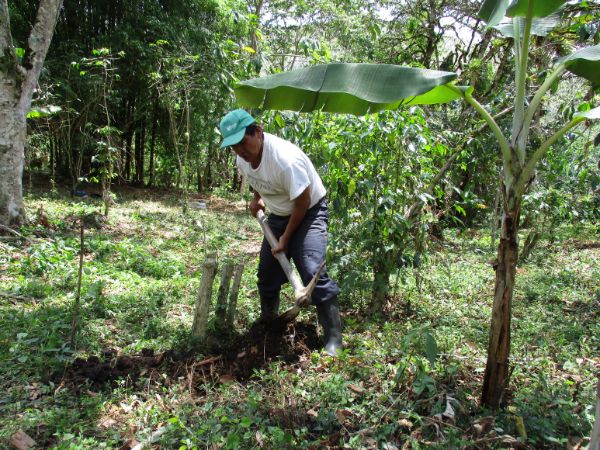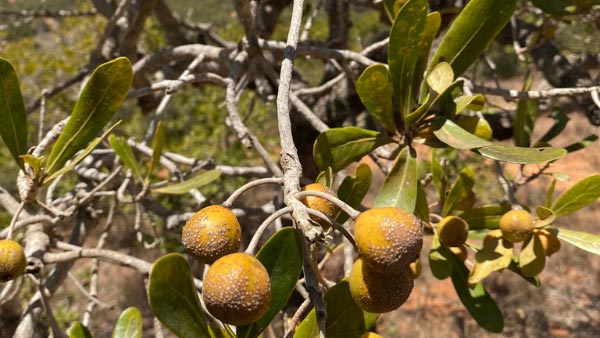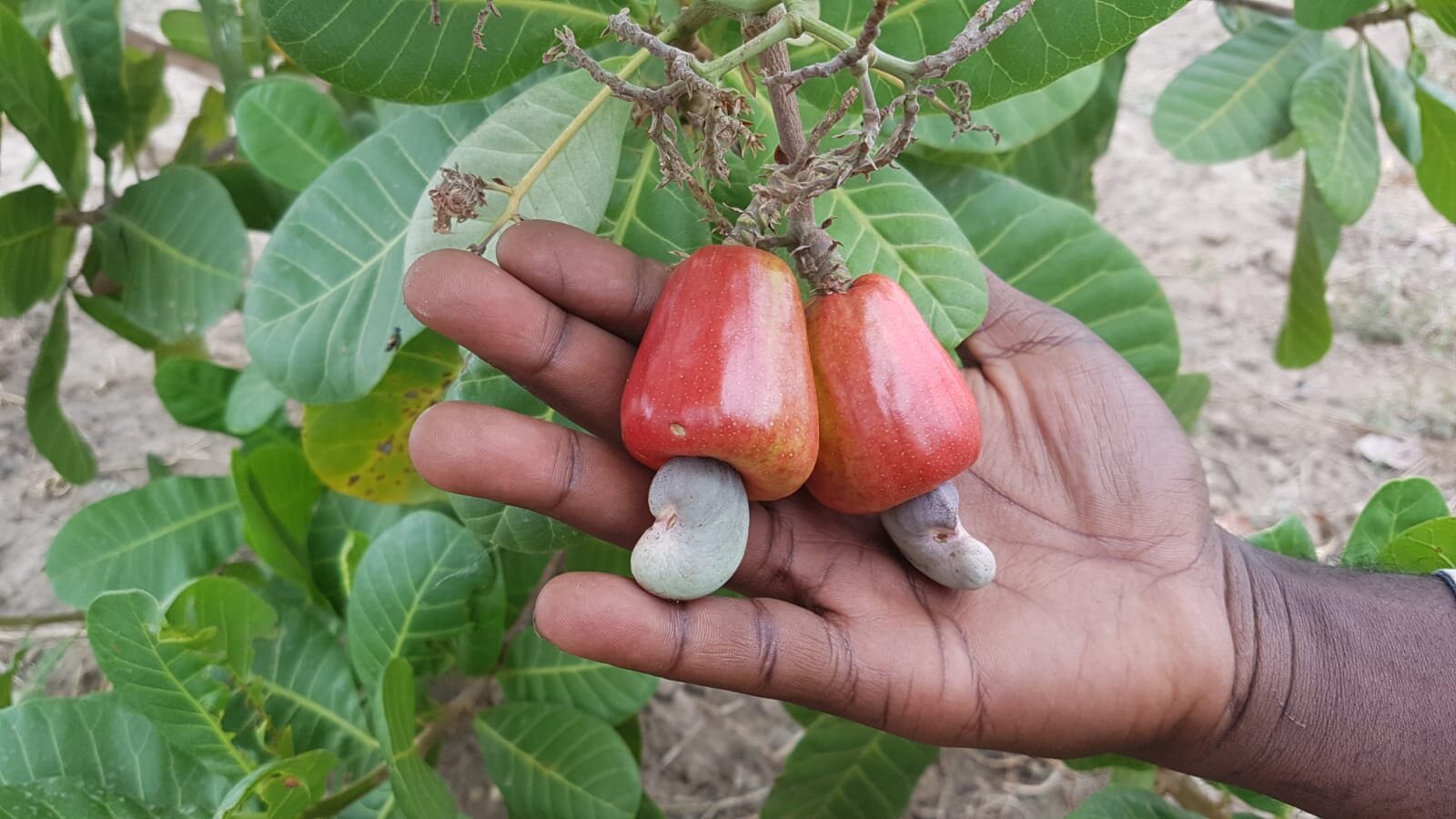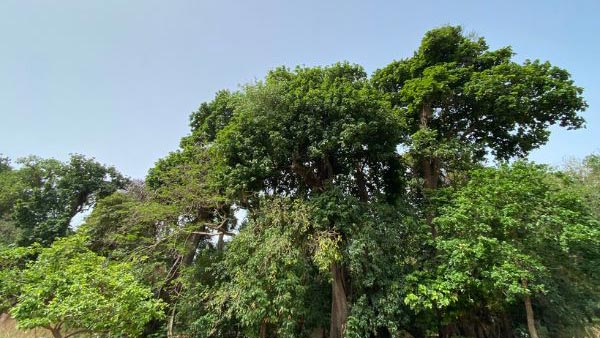
Agroforestry
Agroforestry puts trees at the heart of agricultural landscapes by combining trees with crops or livestock.
Agroforestry is an age-old practice, used in ancient Greece to mix vines, olives and cereals, and then again in the Middle Ages. Many indigenous forest populations still live from a mixture of agriculture, gardening and gathering in the forests, practised under the canopy. Depending on the context, there are many different types of agroforestry associated with meadows, field crops and market gardening.
Different agroforestry practices
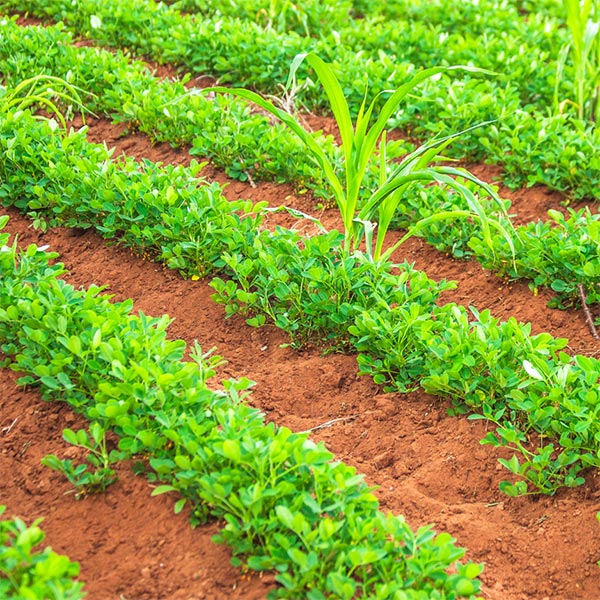
Intra-plot agroforestry
puts the tree in its plotCliquez pour utiliser cette solution. This is the case in northern Cameroon, where cashew trees are grown in association with beans, maize or manioc.
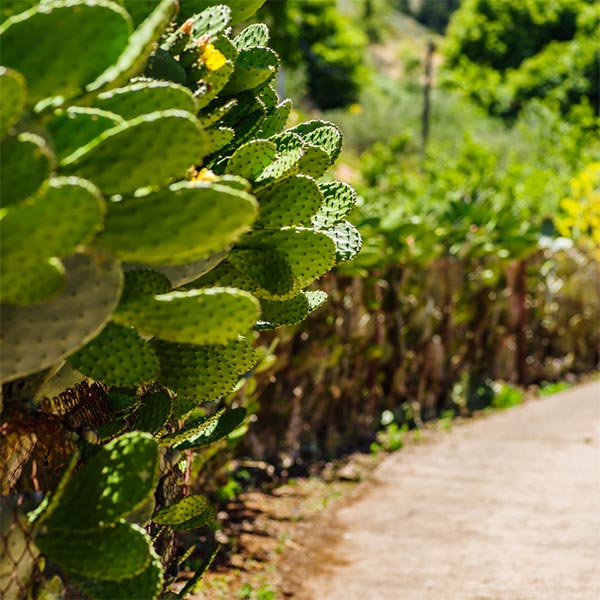
Shrub hedges
are positioned at the edge of the agricultural plot. Thorny as in Benin, they can also prevent livestock from wandering off.
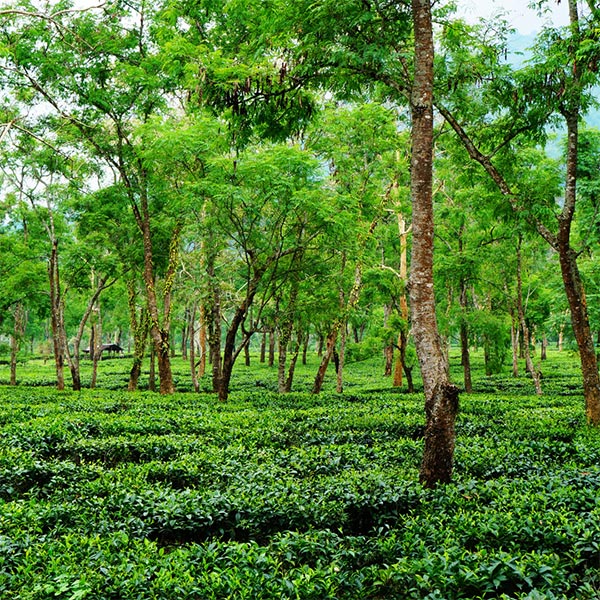
Garden forests
make it possible to cultivate several strata of productive vegetation – from leaves to roots – while maintaining a forest cover that is essential for biodiversity, as here in Peru.
Advantages of agroforestry
The Intergovernmental Panel on Climate Change (IPCC) on land use has highlighted agroforestry as a solution to be activated in favour of mitigation, adaptation to climate change and food security, but also to combat desertification.
This technique has indeed demonstrated multiple impacts that have been documented by science:

Development of biodiversity
rich in pollinators and crop auxiliaries, helping to limit agricultural inputs.

Carbon storage and absorption

Combating erosion
and flooding.

Improving soil fertility
rich in organic matter thanks to the decomposition of leaves and dead wood, but also thanks to a root system that favours the development of mycelium.

Better food resilience
thanks to a diversity of species that helps limit the risks of climate change or attacks by parasites and predators.
Focus on agroforestry
CIFOR ICRAF estimates that restoring degraded land through agroforestry could feed 1.3 billion people. Agroforestry would reduce soil erosion by 50% and increase soil carbon storage by 21%.
Planète Urgence’s action in the field
